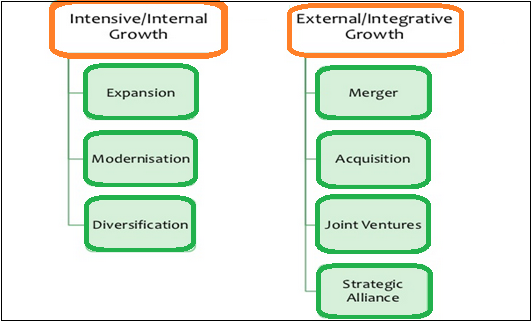A growth strategy is a set of tactics that help businesses hit their growth goals. A great growth strategy can lead to higher revenue and a more dominant market position.
For example, Dropbox boosted its user base by incentivizing its existing customers to share the service with friends. This led to a viral loop where new users were introduced to the service through word of mouth.
Market Penetration
Market penetration is a growth strategy that involves increasing sales in a business’s existing market. This strategy is less risky than market development and diversification, making it a good option for businesses that are new or looking to grow more slowly.
This strategy can be implemented through sales promotions, discounts, and other marketing tactics. It also involves educating customers about the value of a product or service. This is important to build trust and help customers see the benefits of a company’s products or services.
It’s also possible to use a market penetration strategy through acquisition or partnership arrangements with competing companies. For example, restaurants or eateries that work in partnership with Uber Eats can offer their food delivery services to a wider audience.
Using referrals to grow your customer base is another common and effective method of market penetration. This can be a great way to reach potential customers and can help you grow your business more quickly without spending a lot of money on marketing.
However, you should be aware that the success of this strategy can be limited by factors such as the size of your current market and how saturated the market is. Depending on these factors, you may need to combine market penetration with other business growth strategies, such as diversification or market development.
Market Development
Market development is a business growth strategy that involves expanding into untapped market segments. This is the opposite of penetration, which focuses on existing markets with limited growth potential. This type of strategy offers a number of benefits to companies, such as increased demand, differentiation from competitors, upselling opportunities, and product refinement.
This strategy may also include geographic expansion. For example, if a company has found great success in its home city of New York, it might expand to other states or countries such as California or London. However, this strategy requires careful consideration of the local culture and market. This is especially important in international expansions, as a misstep could cost a company dearly.
The other growth strategy is product development. This entails marketing a completely new line of products to new customers. This strategy also has significant risks, since the company must invest in research and development and create a strong communications campaign. However, if the product is successful, it can lead to high profits and growth.
Diversification is the riskiest of the four growth strategies. It entails creating a new product for an entirely different market, which can be difficult without prior experience with the industry or the market. Nevertheless, the high potential for success can make this a worthwhile venture for businesses with sufficient financial means.
Product Development
A product development growth strategy involves launching new products and services to attract more customers. This type of strategy can be expensive and risky, but the potential for a high payoff is well worth it.
Companies that use this strategy often invest heavily in advertising, customer service, and engineering teams. They also track churn rates and customer lifetime value to calculate ROI on their investments. This strategy can be a great way to grow your company and increase your market share without the risk of acquiring an entire other business.
The most popular method of implementing a product development growth strategy is through referrals. This involves encouraging your existing customers to refer the product or service to their friends and family. In addition to being inexpensive, this method also allows you to build trust and credibility with your target audience.
Another common technique is to offer a free trial or demo version of your product. This can be a great way to increase your user base and encourage people to convert to paid users. For example, a streaming music service might offer a free trial with limited functionality or an ad-free experience for new users. You can even increase your reach by partnering with other businesses to promote each other’s products. Just be sure to communicate with your customers so that they don’t feel tricked.
Diversification
The simplest way to diversify is to invest in different sectors of the market. Rather than investing in all shares, for example, you could spread your money across a variety of different funds that each target a specific segment of the market, such as oil, technology or small companies. This allows you to reduce your risk by limiting how much one type of investment can fall in value.
Another common way to diversify is to offer referral incentives. This helps to encourage your existing customers to recommend your business to friends and colleagues. Dropbox used this strategy to great effect when it launched, and it can be an effective way to increase user numbers rapidly.
Related diversification is a more cautious approach to growth that still allows a company to focus on its core expertise but extends its product line by adding new variations that appeal to different customer segments. For example, kitchen appliance manufacturer Kenwood might add a range of ovens to its popular range of refrigerators in order to attract a new market.
Diversification is not foolproof, however, and it can be difficult to determine how many investments are sufficiently diversified. Ultimately, the more you diversify your portfolio, the less likely it is that an economic downturn will have a significant impact on your overall returns.
